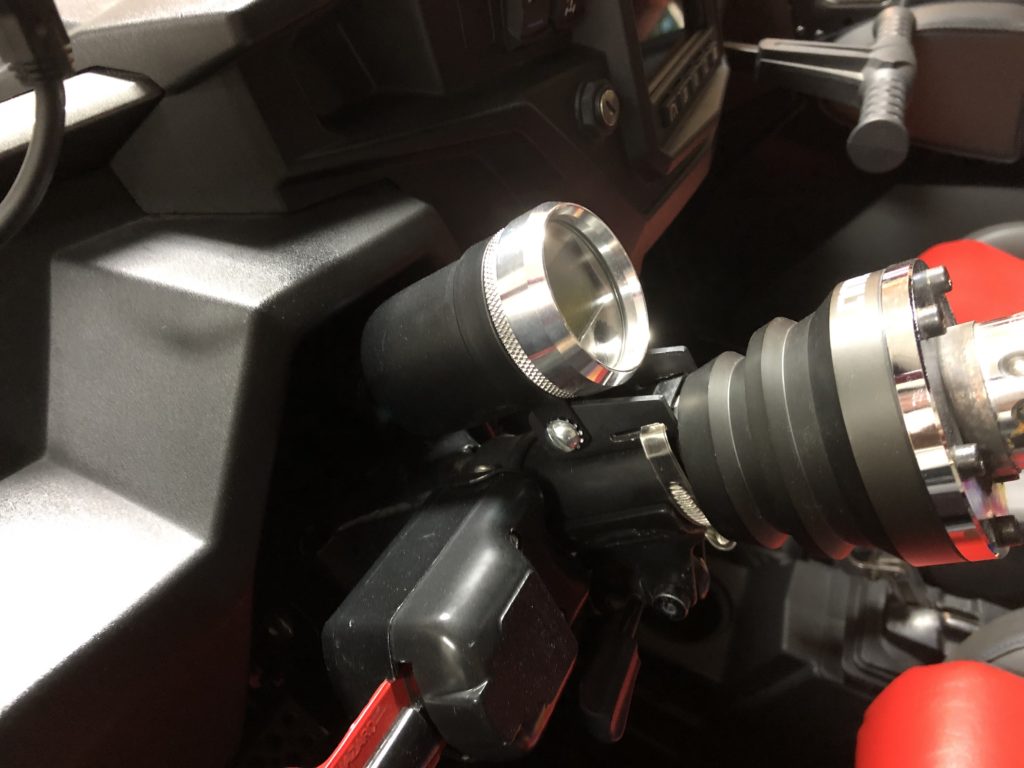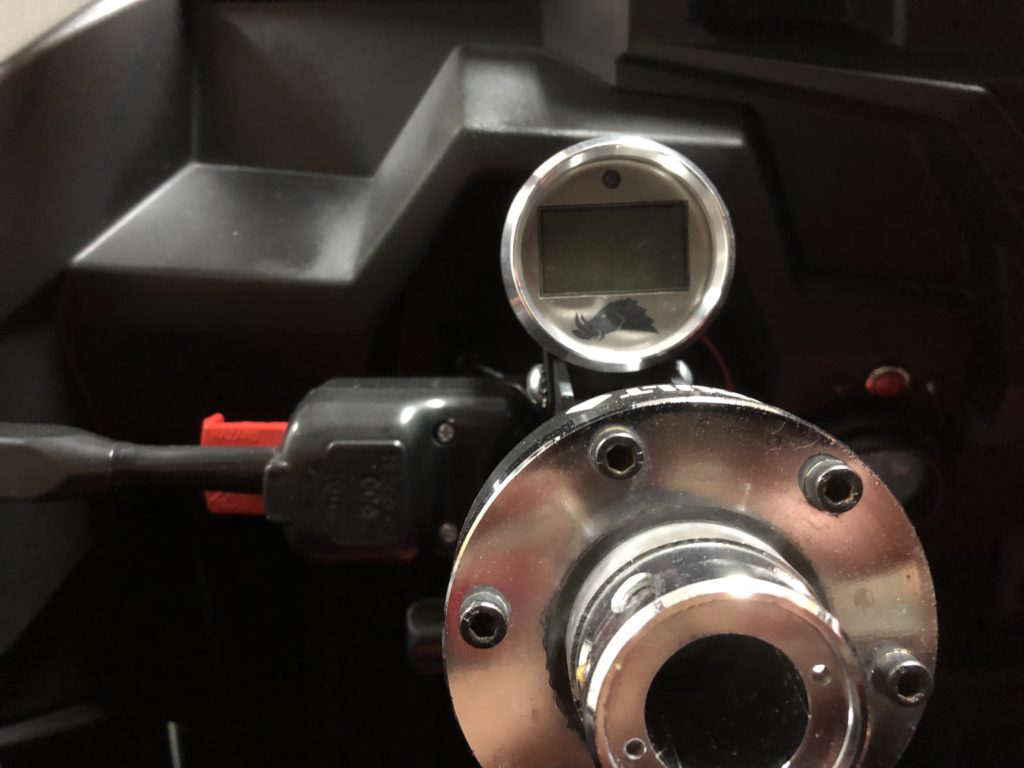
Quit Blowing UTV Drive Belts
Want to reduce blowing and burning your expensive UTV drive belts?
If you run hard at the sand dunes or high- speed desert riding, you will greatly benefit from a good belt temperature gauge.
What you get when running a temperature gauge will be the knowledge to know when you have worked the belt to a temperature higher than you normally run. At this time, you give it a rest to cool down, either by stopping, riding downhill, or at a nice slow pace.
Without a temperature gauge, you will never know when your UTV drive belt is getting too extreme temperature. This will, at best, burn the belt. The worst-case scenario will blow the belt into shreds inside the clutches. Then you will be pulling all the pieces of the belt out of the clutch sheaves on the trail.
If your belt temperature gets approximately 50 degrees above your normal high temperature, you have about a 10- minute window before complete belt failure. If you do not let it cool down immediately, the damage has already been done. But, at least you can hopefully get most of the way back to camp without belt breakage on the trail.
What is great about the belt temperature gauge is that you are informed when you are overworking your belt. It only takes about 10 minutes to cool down, and you can start riding hard.
If you do see your belt temperature go to a very extreme temperature around 50 degrees above your normal riding temperature, you will want to let it cool down and then start heading back to camp. It is a lot easier to change a belt at camp than on the trail or in the dunes.
I feel with the belt temperature gauge installed, you will almost eliminate belt failure on the trail.
I have run a Razorback belt temperature gauge for three years, and after 5,000 miles have never blown a belt.
Razorback belt temperature gauges are close to $300.00, and there are some belt temperature gauges out there for around $50.00
Razorback belt temperature gauges use an infrared sensor that points directly at the belt and reads the true temperature on the belt.

Belt Temp Gauge on Polaris XPT

Belt gauge on Polaris XPT clean look

Quick disconnect belt temperature sensor wire
Razorback has belt temperature gauges for Polaris, Can-Am, Yamaha, Kawasaki,
Razorback belt gauges have lights that let you know at a glance where you are with your belt temperature. Green is good; Yellow is getting warm and pay attention; Red is stop or slow down. Head downhill no matter how cool your belt is now.
The cheaper units actually read the air temperature in the housing. This is not true belt temperature and can be off by as much as 50 degrees, so it does not perform like the Razorback.
With the belt pricing reaching $200.00 each, you can see it will not take too many belt failures to get paid back for the belt temperature gauge.
Worse yet, there are a lot of times when the belt shreds apart. It will wrap around the engine output oil seal, and cause the oil to start leaking out. The proper way to replace this seal on a Polaris is with the engine pulled out and taken apart to replace the one seal.
Myself, I like to be prepared as much as possible when going on our UTV rides. So, I keep riding and not working on my UTV on the trails and sand dunes with my friends.
Take a look at this test of comparison on the two gauges side x side and you will be convinced to not throw away $50.00 for the cheap air temperature gauge.
https://www.youtube.com/watch?v=NpjzWL35Drs
We are a Razorback dealer and installer if you are wanting to stop the belt breakage give us a call.
Until we ride again…

Owner of UTV Service specializing in shocks and suspension.
I have always loved making cars and now UTV’s run and handle there best. I do not believe in taking short cuts and when something comes along that does not fit my values I will not sell or back that product.
Business owner for over 35 years. 3-Time Nascar short track champion at our local race track Rocky Mountain Raceway in Salt Lake City, Utah
UTV’s owned
2017 Polaris XPT 2-Seat Turbo-Current
2015 Polaris XP1000 -Sold
2011 Polaris RZR 800- Sold
